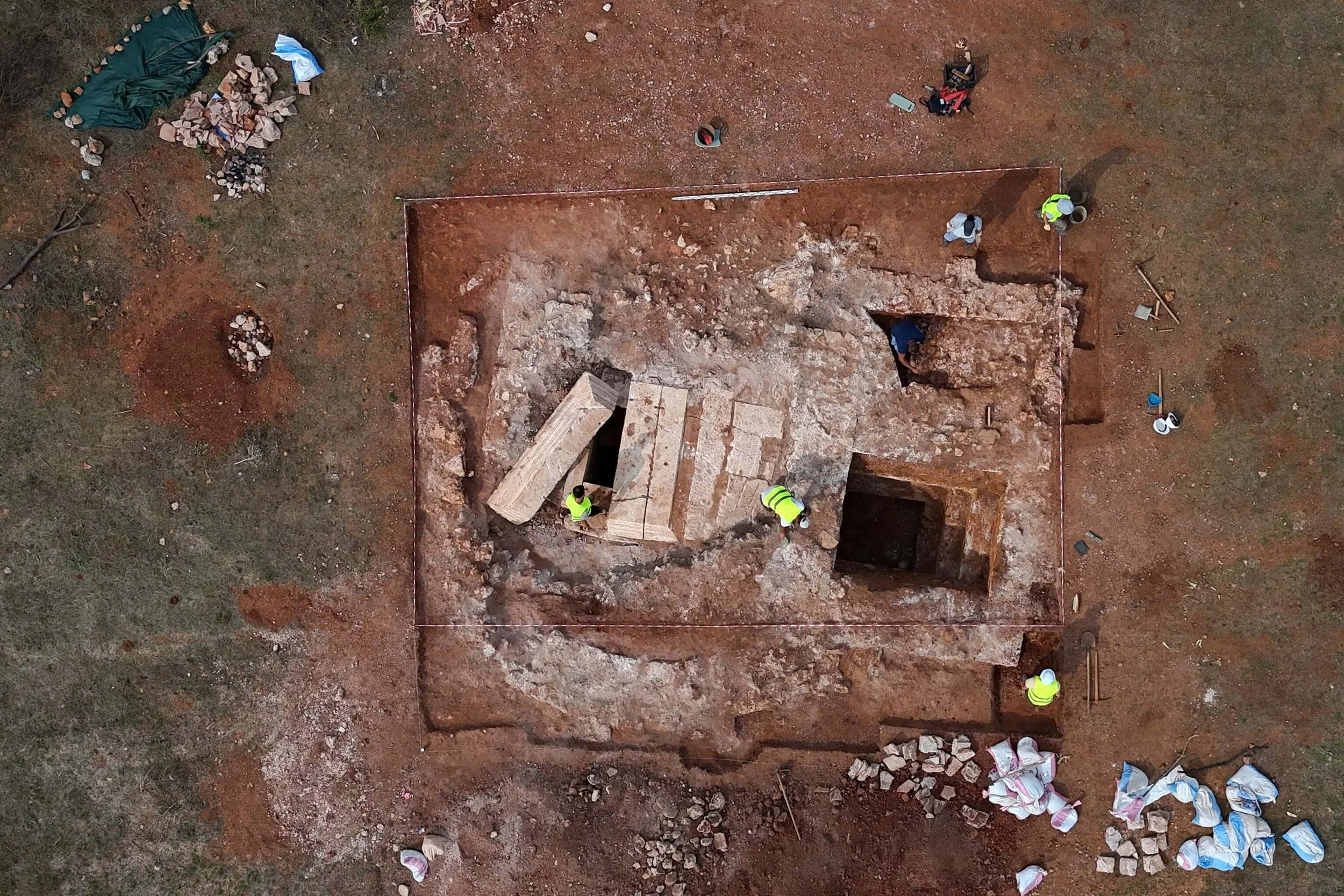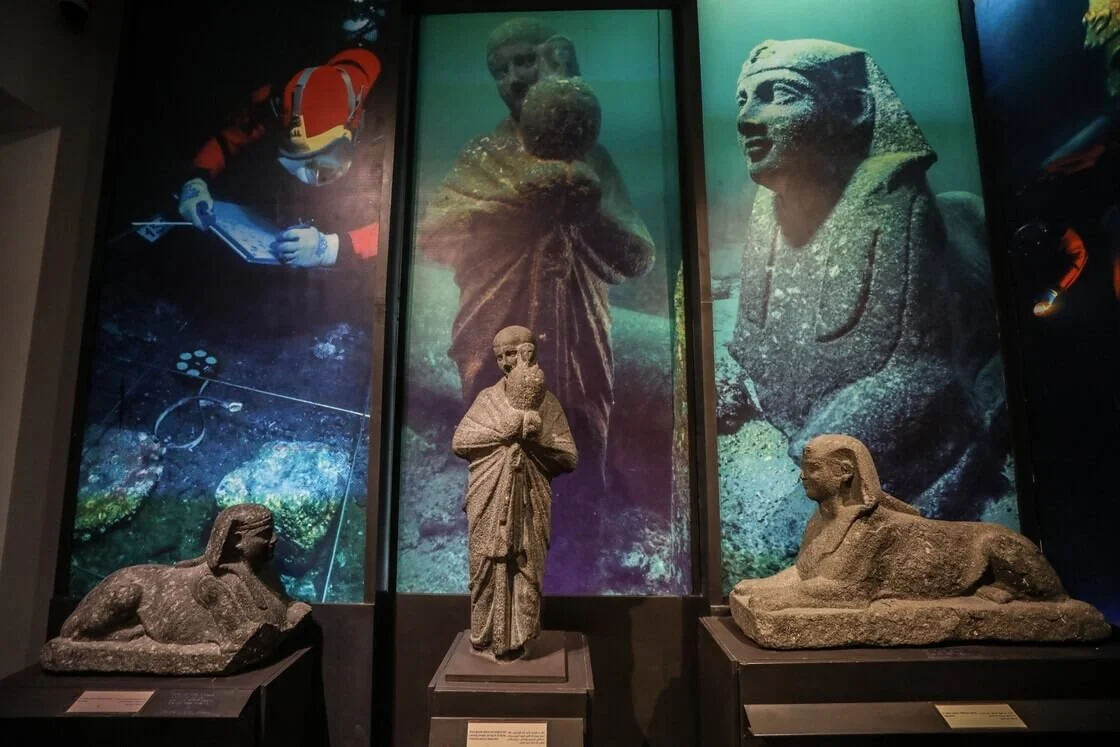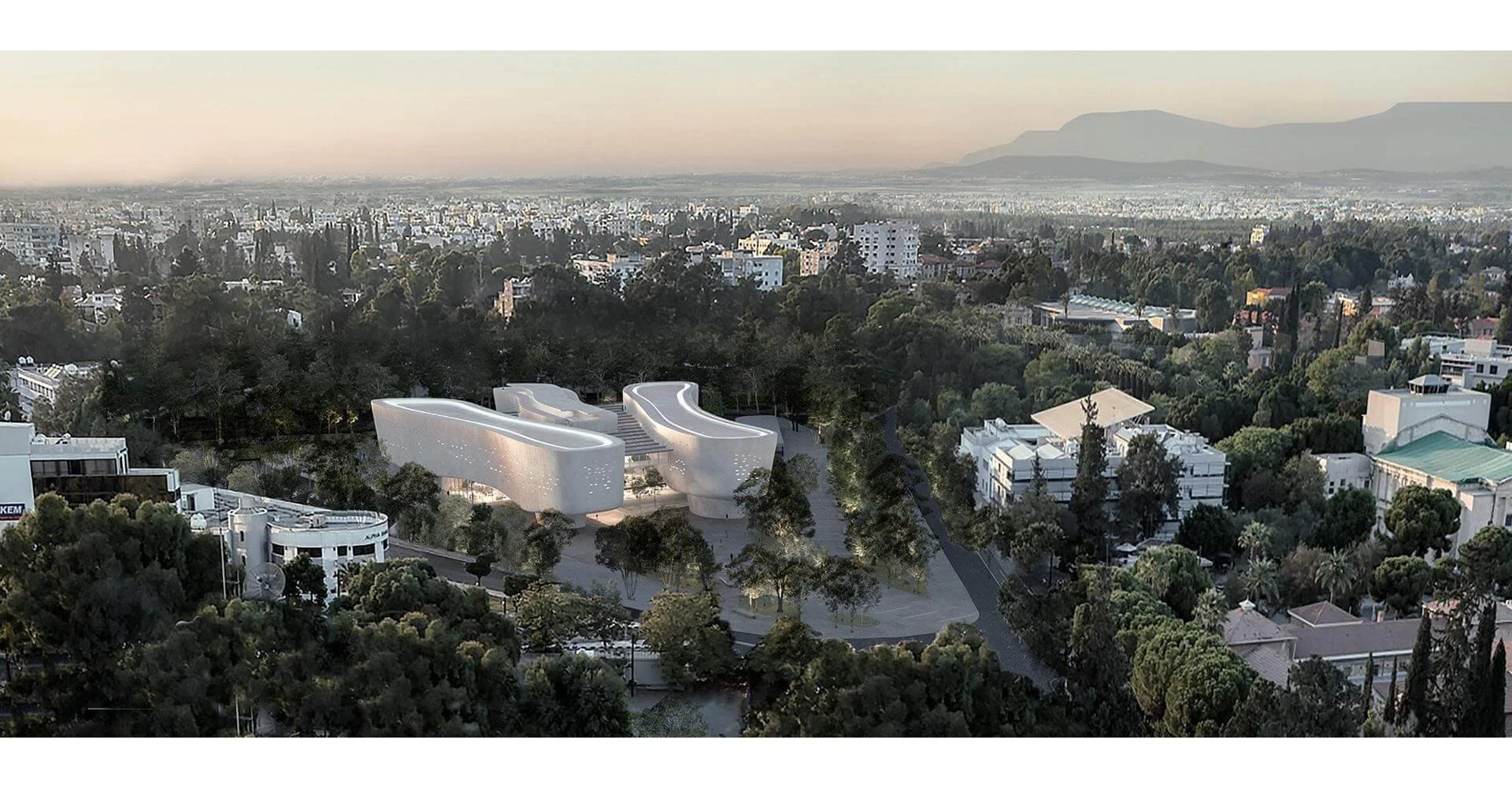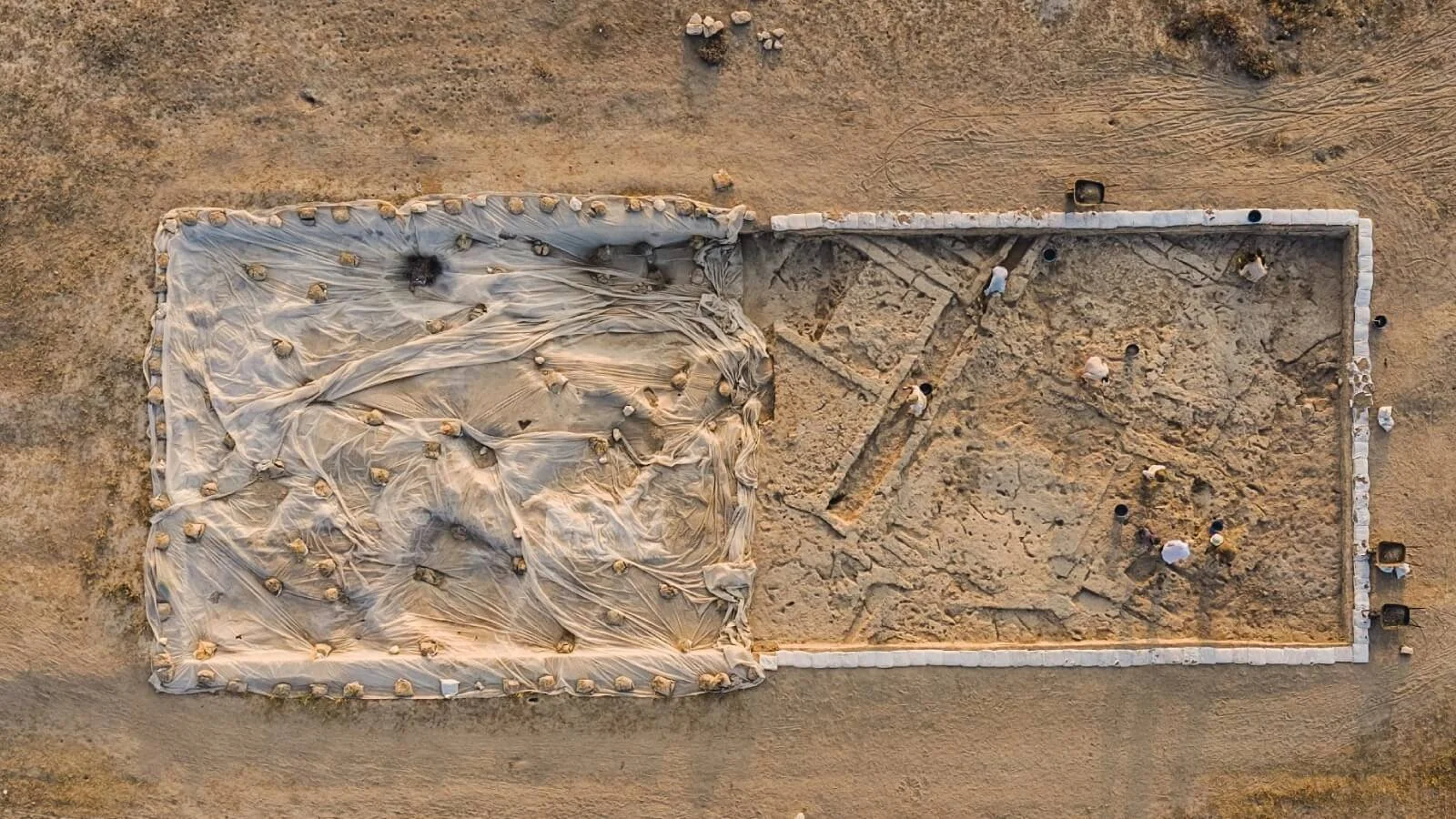The Stone of Destiny, also known as the Stone of Scone, has long been a revered symbol of the British monarchy. This ancient sandstone block has played a pivotal role in the coronation of monarchs since the 13th century, including King Charles III in May 2023.
Recently, a subtle inscription—Roman numerals “XXXV,” or 35—was discovered on the stone, sparking intrigue and speculation about its significance.
A Historical Artifact with New Insights
Laser scans conducted in 2023 revealed the previously unnoticed markings. Professor Sally Foster, an archaeologist from Stirling University, believes these numerals hold a clue to the stone's history. She theorizes that the number 35 represents the total pieces of the original sandstone block, which was broken apart following its dramatic theft from Westminster Abbey in 1950.
According to Professor Foster, the Roman numerals were likely carved in the early 1950s by Robert “Bertie” Gray, a Scottish nationalist and stonemason who repaired the stone after it fractured during its heist.
The 1950 Heist and Reconstruction
On Christmas Day in 1950, four Scottish students executed a daring raid on Westminster Abbey, reclaiming the Stone of Destiny and transporting it back to Scotland. During the incident, the 335-pound block broke into two pieces. Bertie Gray later repaired the stone, reportedly creating over 30 fragments in the process.
The Roman numerals, Foster argues, reflect Gray’s humor and desire to leave a personal mark, symbolizing “34 fragments plus one intact stone equals 35.” While the exact number of fragments remains uncertain, efforts are underway to locate the missing pieces. One fragment is known to reside at the Scottish National Party’s headquarters, gifted to former First Minister Alex Salmond, while others are believed to be in private collections.
A Storied Past: From Scotland to England and Back
The Stone of Destiny has a complex history. Originally used in the coronation of Scottish kings, it was seized by England’s King Edward I in 1296 and incorporated into the Coronation Chair at Westminster Abbey. For centuries, it remained in England, symbolizing English dominance over Scotland.
The stone’s origins are shrouded in legend. Some accounts connect it to biblical tales, identifying it as the Stone of Jacob described in Genesis. Others suggest it was first used for the coronation of Kenneth MacAlpin, the King of Dalriada, or brought to Scotland by Fergus Mór from Ireland.
In 1996, the stone was officially returned to Scotland after 700 years, where it was displayed at Edinburgh Castle. In 2024, it was relocated to the new Perth Museum, closer to its original home in Scone.
A Modern Debate on Ancient Mysteries
Despite its storied past, the authenticity of the Stone of Destiny as the original biblical relic remains debated. Professor Ian Bradley of St. Andrews University has dismissed the idea, noting the sandstone's geological origins in Perthshire rather than the Middle East.
Today, the Stone of Destiny remains an enduring symbol of Scotland’s heritage and its historical ties to the British monarchy. While many questions about its past persist, discoveries like the Roman numerals ensure that this artifact continues to captivate historians and the public alike.
What’s Next for the Stone of Destiny?
With Professor Foster’s findings awaiting publication in a peer-reviewed journal, further research is expected to shed light on the markings and the stone's fragmented history. Meanwhile, efforts to trace the missing pieces continue, adding another chapter to the legacy of this enigmatic artifact.







